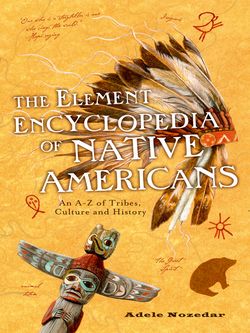Читать книгу The Element Encyclopedia of Native Americans: An A to Z of Tribes, Culture, and History - Adele Nozedar - Страница 21
AMOS BAD HEART BULL
Оглавление1868-1913
Also known as Eagle Bonnet, Amos Bad Heart Bull belonged to the Oglala Lakota branch of the Sioux Nation. The nephew of the chiefs He Dog and Red Cloud, and the son of Bad Heart Bull and his wife, Red Blanket, Amos grew up in the traditional way for a young Lakota boy, although his upbringing was disturbed by the growing unrest between the tribe and the European settlers. Amos was only eight years old when the Sioux defeated General Custer at the Battle of Little Big Horn; despite their victory, the Great Sioux War saw the tribe eventually overcome, and Amos’ family fled north to be with the great chief, Sitting Bull, in Canada, for a few years before returning south to the Standing Rock Reservation, and then to the Pine Ridge Reservation, in the early 1880s.
Amos was interested in the history of his people and this, combined with an artistic skill, saw him start to draw pictures showing key events in the life of the tribe. His father Bad Heart Bull was responsible for keeping the Winter Count, a pictorial calendar, and it’s likely that the young Amos picked up these skills from his father.
It was during his time serving as a scout for the U.S. Army that Amos bought a ledger book—intended for accounts, etc.—from a store, and began to draw in it. By chance, he adapted a traditional Indian technique of drawing on hide or skins to a modern medium: paper. This style became known as Ledger Art, and Amos became famous for it. Once he returned to the tribe after his time in the Army, he became the Winter Keeper of the tribe, following in the footsteps of his father before him.
It wasn’t until after his death, though, that Amos’ art gained recognition. His sister, Dolly Pretty Cloud, had inherited the ledger book full of drawings, and she was contacted by a university student, Helen Blish, who wanted to study the drawings as part of her thesis. Her professor, Hartley Alexander, made photographs of the drawings to accompany his student’s text—which was fortunate, since when Dolly died the ledger book was buried with her. The text and drawings were subsequently published in 1938 by Professor Alexander as Sioux Indian Painting. Some 30 years later it was printed again, the content considered a very important record of the history and culture of the Lakota people, this time under the title A Photographic History of the Oglala Sioux, by Helen Blish’s alma mater, the University of Nebraska Press.
